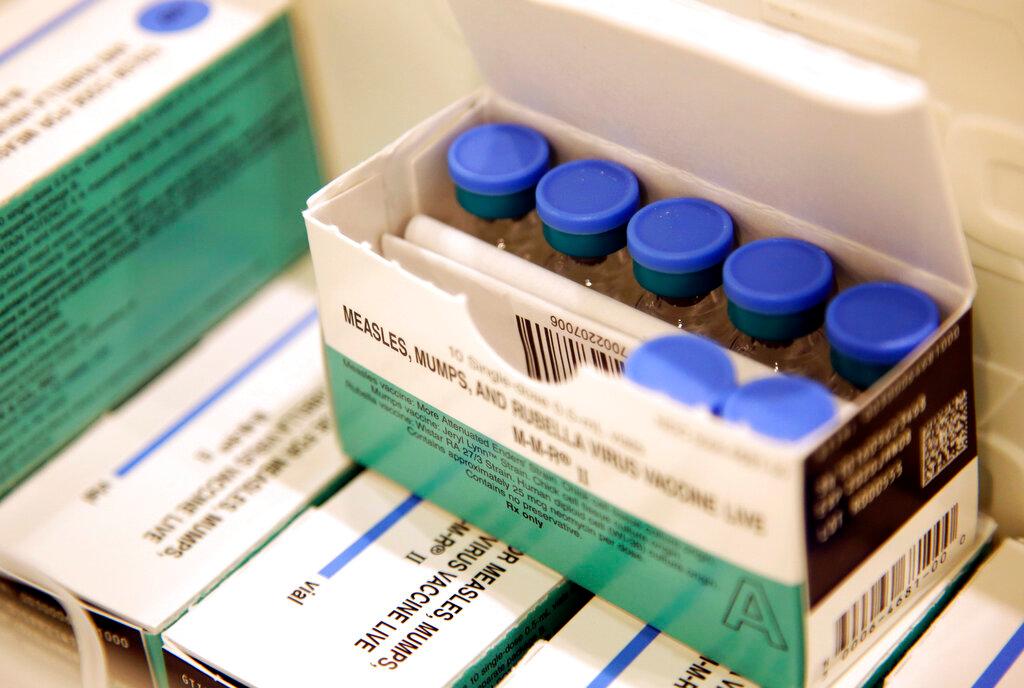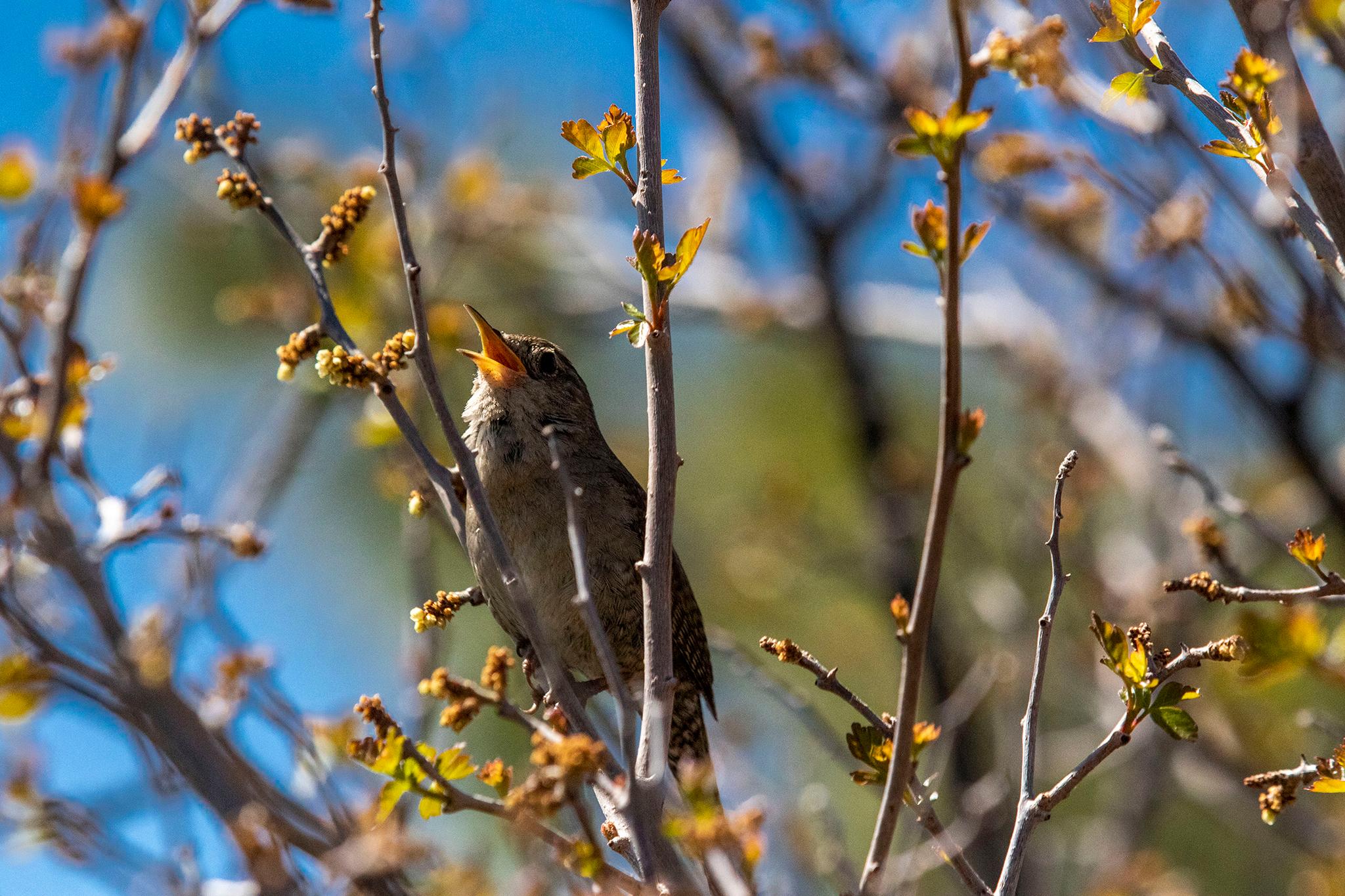
More than 100 years ago, a record snowstorm buried a big swath of Colorado. The Blizzard of 1913 stretched from Trinidad in the south to Cheyenne, Wyoming — and remains the most widespread snowstorm in state history.
The great Colorado snowstorm raged from Dec. 1-5 and blanketed the Front Range in 4 to 7 feet of deep snow.
Georgetown, in the foothills west of Denver, was the hardest hit. When the storm was over, the community had recorded a record 86 inches of snow, just over 7 feet.
In the Georgetown home of Tom Elliott, a retired judge and volunteer weather watcher he can point out where on the mountain his late mother Veronica lived during the epic storm. She would have been 8-years-old at the time.
"They got so much snow there that her dad, my grandfather, actually had to plow a tunnel to the outhouse," Elliott explained with a laugh. "We heard all about that for many years."
The Dec. 6, 1913 edition of the Georgetown Courier got into the spirit of things. Two pages of the newspaper were left blank — intentionally — as white as the landscape.
"There was no news," Elliott said. "They couldn’t get any news from anywhere. It was a four-page paper and the only pages that were printed were pages one and four."
The trains that often brought the news to places like Georgetown were one casualty of the storm. The deep, wet snow stopped them in their tracks. Back then, trains moved people across the Front Range and streetcars shuffled the citizens of Denver. Both were overwhelmed by the storm. That's why some people, according to state climatologist Nolan Doesken, labeled the storm “The Snow Blockade.”
"[There were] 20 to 50-foot drifts in windblown areas near the Wyoming border," Doesken said. "No one was moving anywhere and many people — just like now, people would be stranded at the airport — [back then] they were stranded at train stations and in trains."
Despite the storm’s severity, only a few deaths were recorded. Relief efforts tried to get food and coal to people in need. Denver police officers cared for abandoned horses as best they could. A few thousand men were employed to shovel at double the normal wage.
In Denver, the 45.7 inches of snow — still a record from one storm — was piled onto horse-drawn wagons that were unloaded at Civic Center Park. It took weeks to clear the roads.
"It was an incredible endeavor to get Denver cleared out," Doesken said.
Most people made the best of it. Passengers on one stranded Mile High City streetcar reportedly organized a variety show of sorts to pass the time. Another newspaper account recalled how the snow kept Denver firefighters from reaching a house fire.
But it didn’t matter. The family used the ample snow around them to douse the flames.
Fire wasn’t the only danger. Dozens of buildings collapsed under the weight of the snow.
"The biggest lesson from 1913, critical to the subsequent construction of buildings throughout Colorado, and that was the recognition of a concept called snow load," Doesken said.
Colorado’s organization of structural engineers developed maps showing the snow load buildings might need to withstand. The blizzard "really upped the whole idea of engineering structures for future large storms," he said.
A 2003 state snowstorm caused upward of 100 buildings to partially collapse. Doesken said that figure would have been much higher without lessons learned from its predecessor in 1913.
"I am concerned a repeat of this would be problematic for the state just because we pretty darn well feel like we deserve to get around wherever we want," he said.
Denver today certainly feels that way. The 2019 storm that swept across the Front Range in advance of Thanksgiving, and its smaller follow-ups, has left the Mile High City in a shambles when it comes to the roads and the sidewalks. It wouldn't surprise if the complaints were the same as they were back in the day — only this time delivered by tweet rather than a horse.
In 1913, life eventually returned to normal, though at a glacial pace. Since blizzard came in December, it didn’t melt quickly as a spring storm would have. In fact, the last of all of the snow that was piled high in Denver's Civic Center Park reportedly didn’t melt until after the Fourth of July.
Editor’s Note: This story was originally published on Nov. 29, 2013, and has been updated to reflect contemporary information.




























